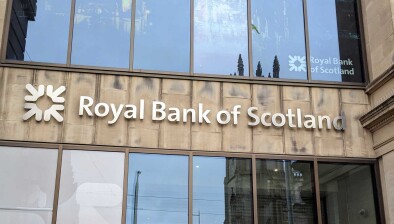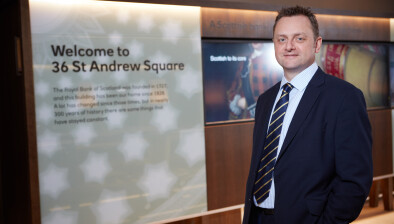RBS: Scottish economy maintains growth with slight slowing in September

Judith Cruickshank
Scotland has recorded its ninth consecutive month of growth, with data, from the latest Royal Bank Regional Growth Tracker, showing that the country has continued on a positive growth trajectory in 2024, but at a slower rate in the four weeks to September.
Headline Business Activity Index fell to 51.2, from 52.7 in August, owing to cooling growth in the services sector. However, the negative impact from manufacturing nearly disappeared, as output fell only fractionally. Modest growth in output was supported by a sustained, albeit mild increase in new business.
The labour market remained a strong point for the Scottish private sector. Outstripping the UK-wide average, the rate of job creation hit a 16-month high and signalled a sharp rise in staffing levels. Growth was driven by services firms as manufacturing employment was broadly stable.
Scottish private sector firms continued to face sharply rising cost burdens in September. Higher labour and material costs was said to have driven up prices. However, the rate of input price inflation eased for the second consecutive month, reaching its lowest level since February 2021.
Judith Cruickshank, chair, Scotland board, RBS, said: “Scotland wrapped up the third quarter on a positive note. Sustained growth in new business inflows enabled firms to increase their activity levels, although the pace of growth slowed.
“Notably, hiring activity surged, with job creation reaching its highest level since May 2023. Expansions in new business, activity, and employment were driven by service firms, while manufacturers experienced broadly stable output and jobs but a sharp fall in new orders.
“The steeper decline in factory orders indicates more challenges for the Scottish manufacturing sector in the coming months.
“The uncertain political and economic landscape will also act as headwinds to growth, leading the Scottish private sector to increasingly depend on its service firms to drive the economy forward in the coming year. However, price pressures remained on an easing path, with cost burdens rising at the weakest pace in 43 months.”








